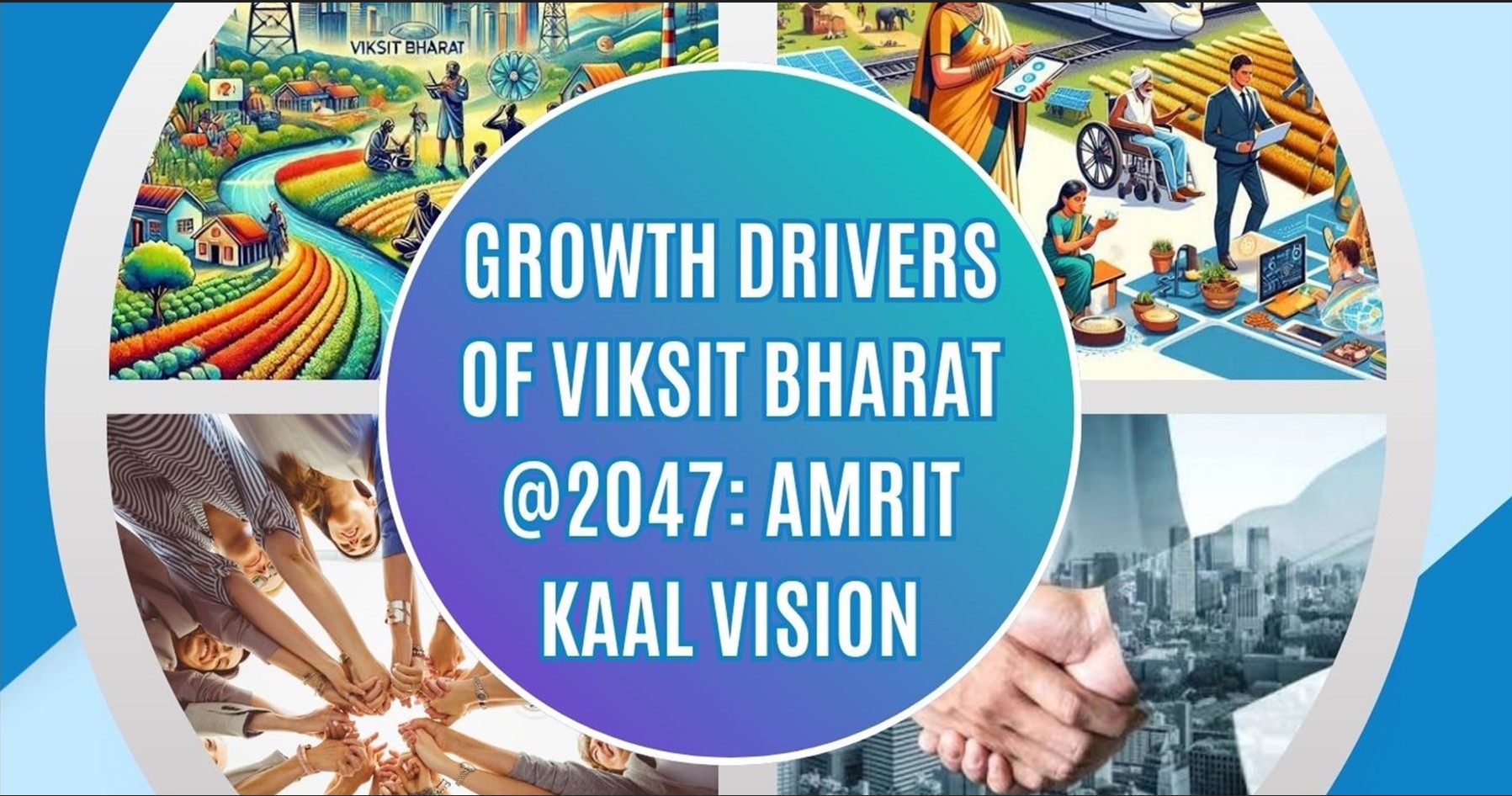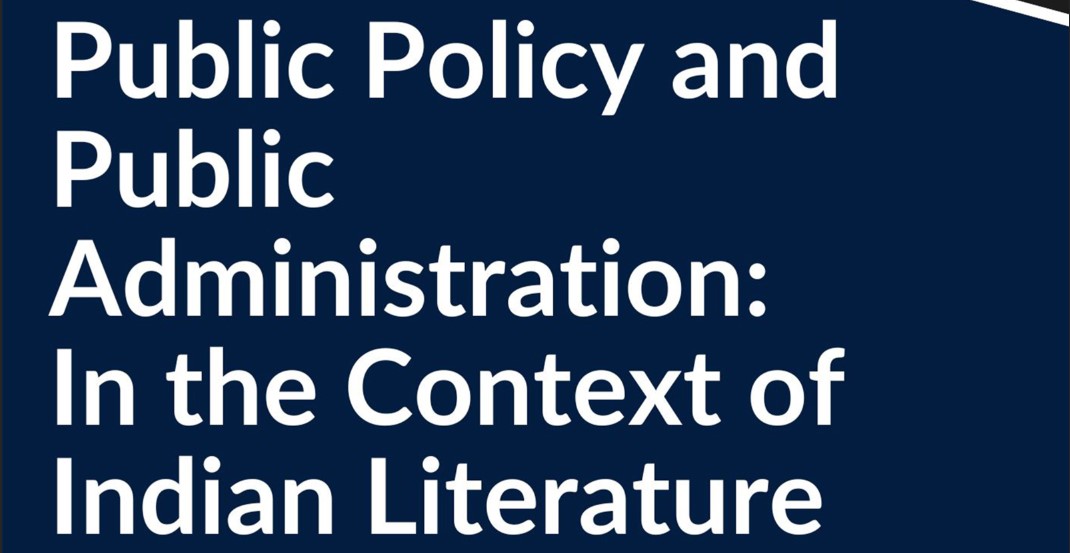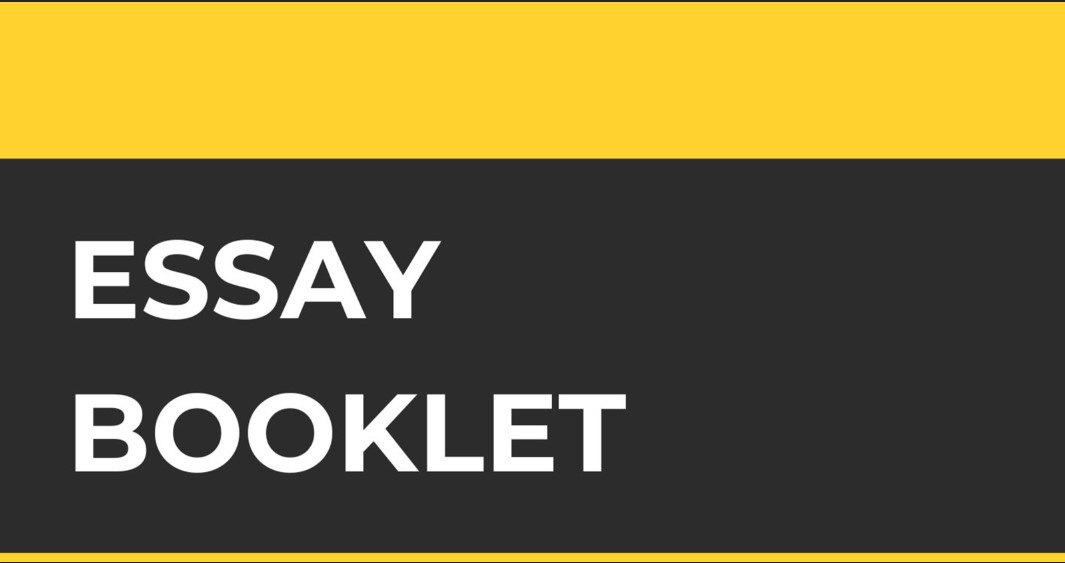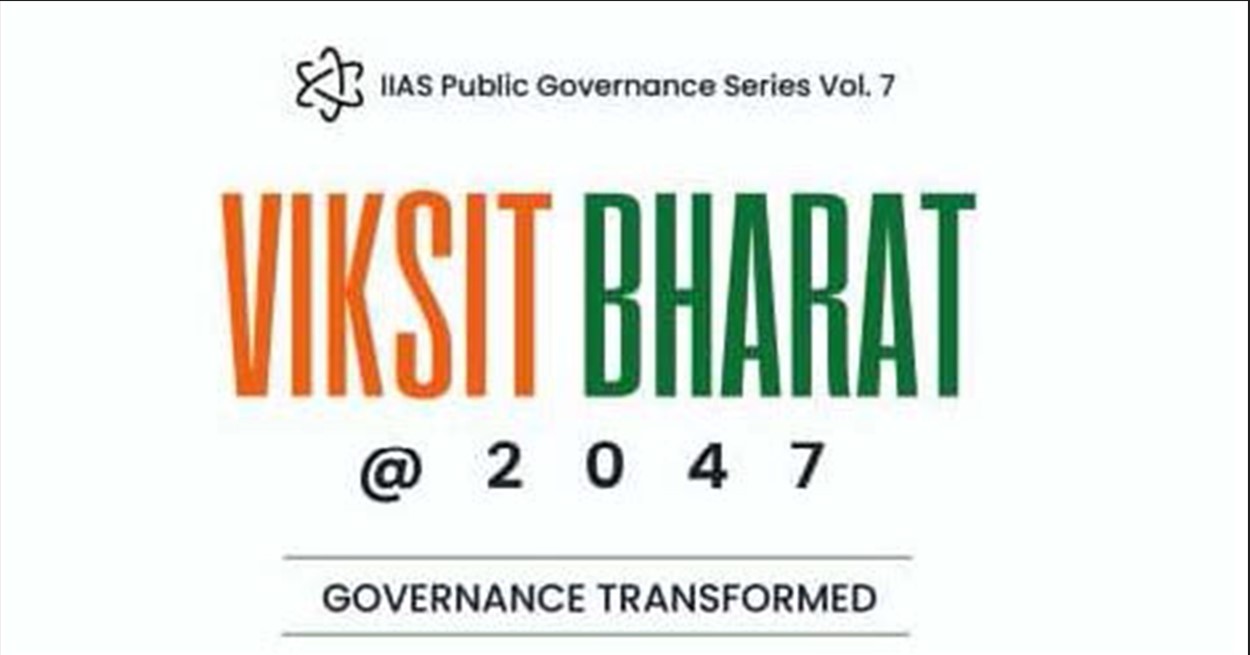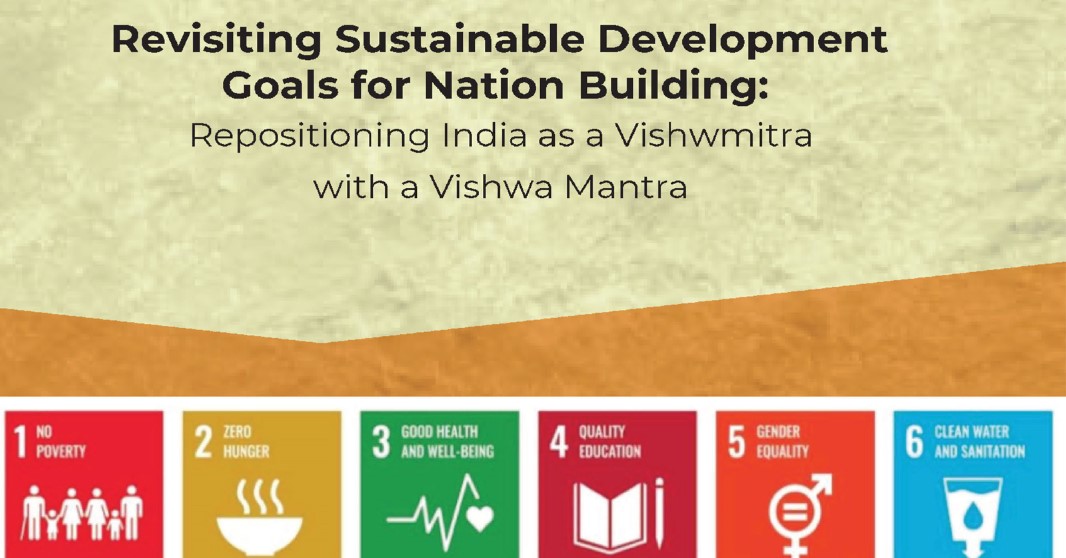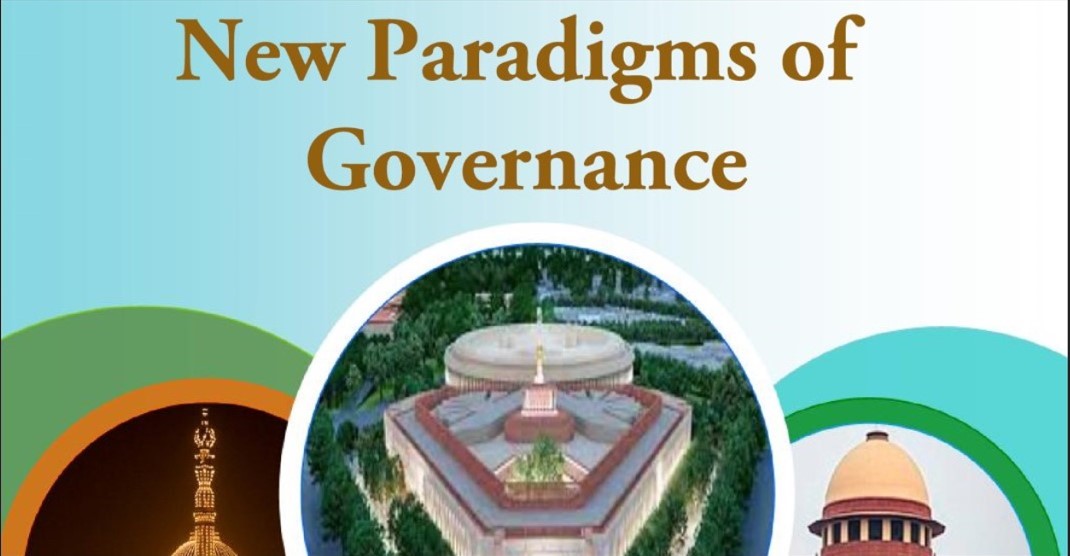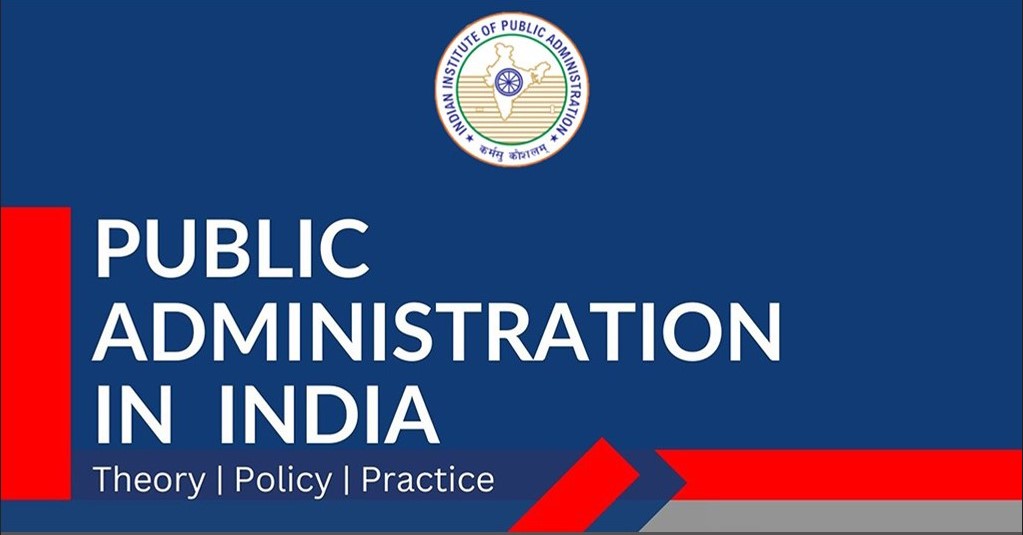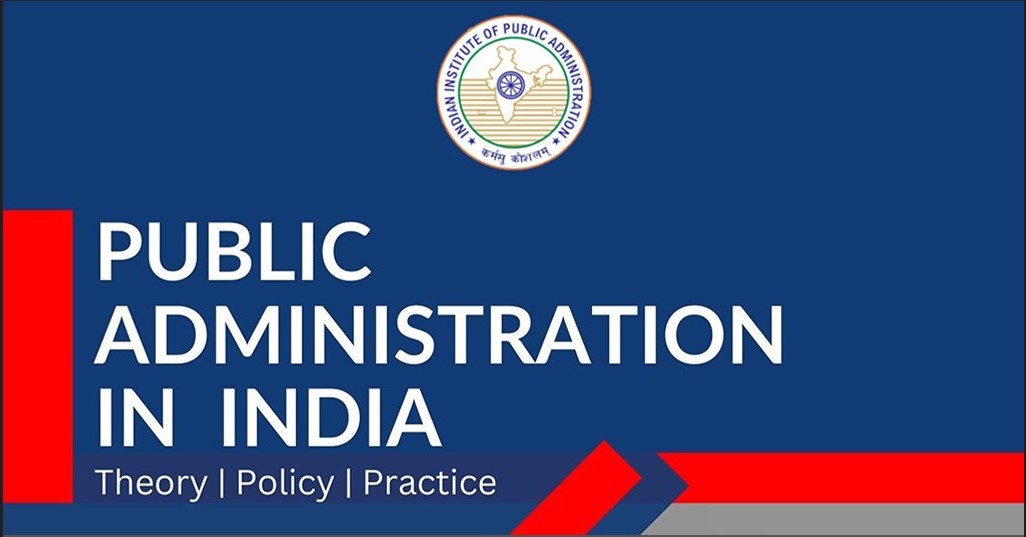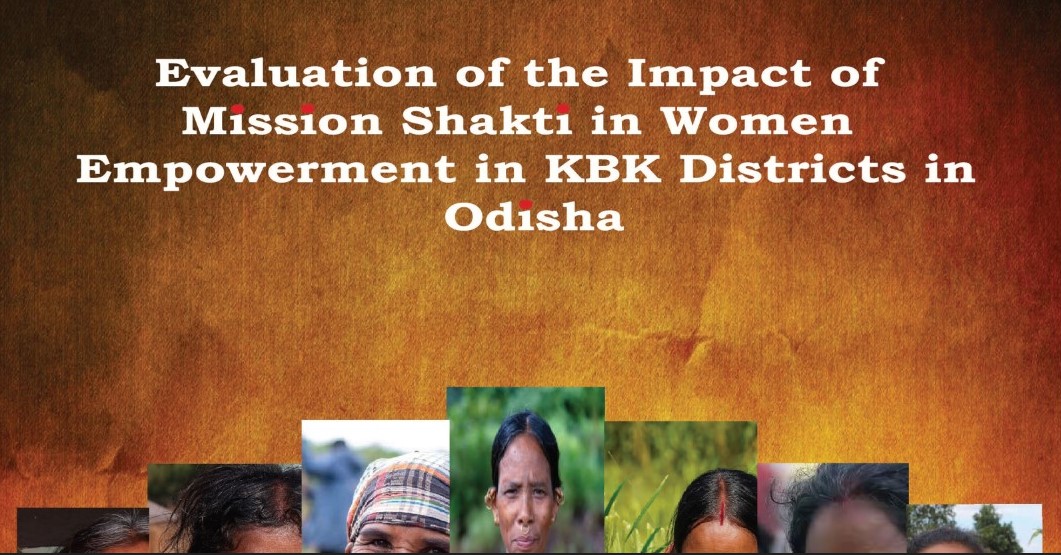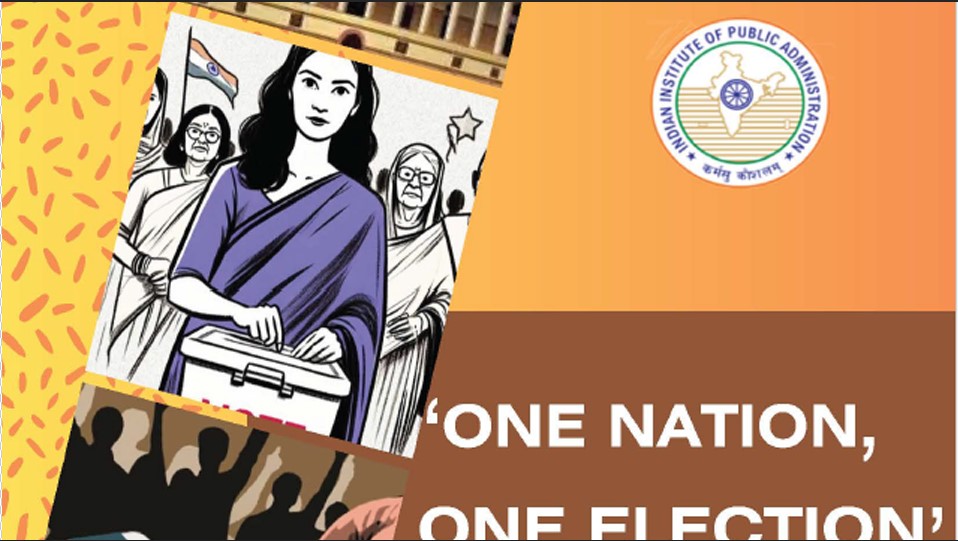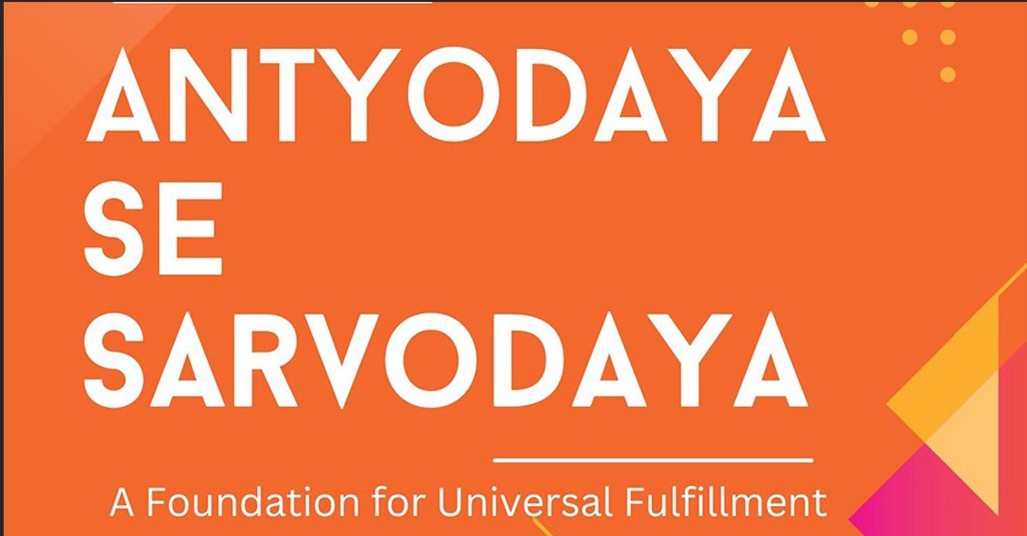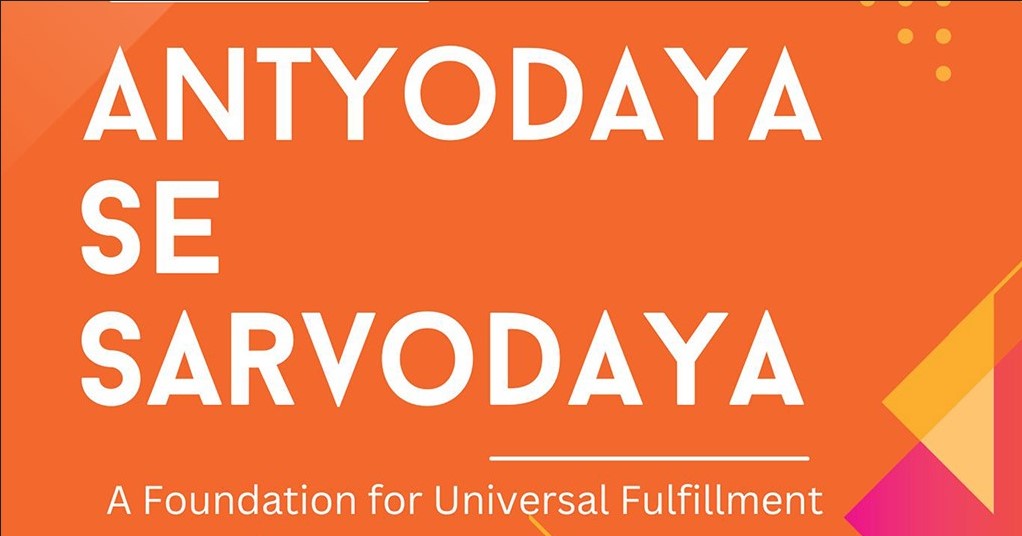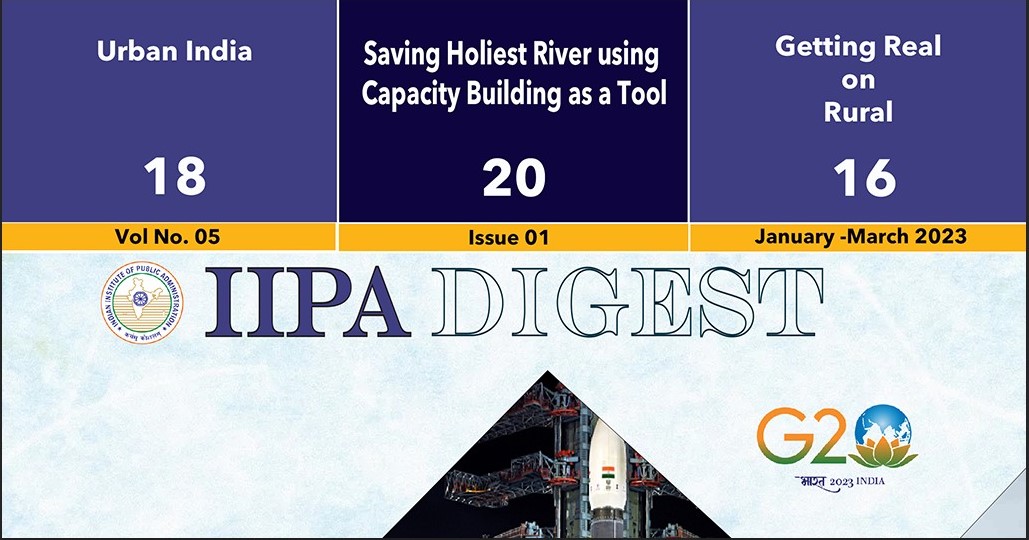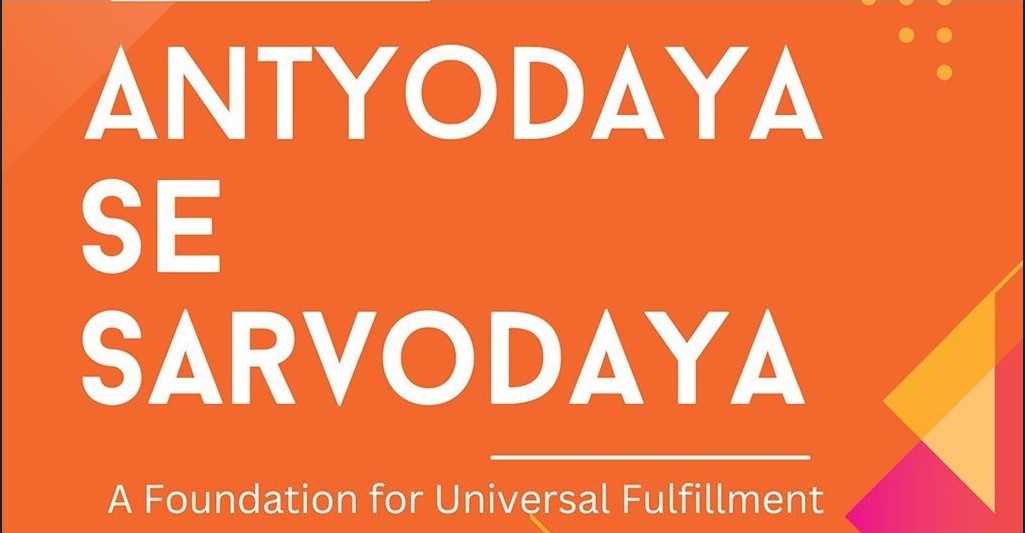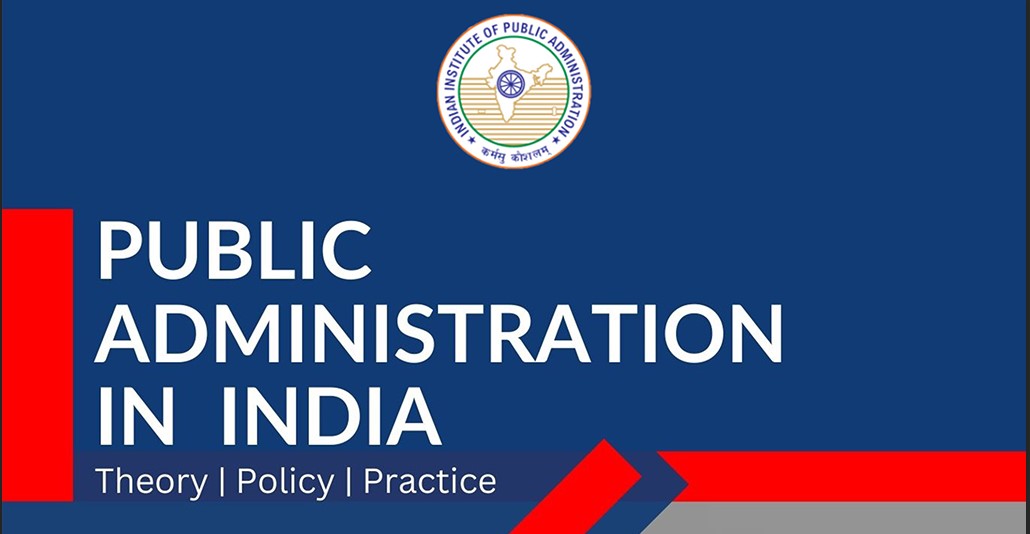Regulatory Framework and Policy Implications for Sustainable Soil Management: Building Resilience in Changing Climate
Abstract
The study examines today's worldwide issues and explains why we must build systems that both survive and endure perpetually. Our proposal establishes an oversight system that combines economic success with environmental protection and social fairness. Our research shows that adapting governance methods through new tech use, worldwide partnerships, and natural systems benefits can help solve current challenges. Community participation and capacity building support our ability to become more resilient while helping every member of society achieve sustainable progress. The report explores successful digital platform usage plus green technology adoption to make policy changes that help more people benefit. Our conclusion urges governments to create connected policies that protect nature while promoting development, and encourage civic partnerships across districts and nations to upgrade community readiness against future risks. The objective is to develop total future-oriented guidance that helps create resilient and sustainable systems for humanity and Earth.
Keywords: Soil, climate, sustainable soil management, community participation, digital platfotms, development.
1. Introduction
A healthy soil environment forms the base of our ecosystem and supplies basic functions that benefit both agriculture and nature. Healthy soil stores water and nutrients for plants to grow food needed by our expanding human population. A healthy soil system stores large amounts of carbon dioxide from the atmosphere to help control climate change. Soil health faces critical danger because of the impacts human activities create through deforestation, urbanization, industrial agriculture, and pollution. Uncontrolled activities have ruined soil quality, which hurts our ability to produce enough food and keep our ecosystems functioning properly. Soil erosion rates increase rapidly from climate change, while microbes adjust differently, and the moisture supply changes. When temperatures rise around the world and weather becomes more extreme, it damages soil health and speeds up its breakdown. Degraded soils that release more greenhouse gases into the atmosphere boost global warming at an accelerating rate. Our need to manage soils sustainably now reaches critical importance because of these conditions. When we work to maintain healthy soils, our nations secure reliable farming output while shielding both nature and creating defenses against climate impacts.
(Parikh & James, 2012) Our research studies how effective soil protection systems develop strategies that adapt to climate change. Our research looks at how countries across various levels take action to manage soils in line with their climate objectives. This research analyzes current policy shortcomings to show why new methods are needed to combine scientific breakthroughs, traditional soil care techniques, and community participation. Soil sustainability creates multiple benefits beyond farming that affect our water supply and environmental balance as well as our social and economic future. This research takes multiple views from different disciplines to show how healthy soil works across many areas of life while helping nations meet Sustainable Development Goals, especially SDG 2 for Zero Hunger, SDG 13 for Climate Action, and SDG 15 for Protecting Life on Land. Through our analysis, this research shares useful direction to official’s researchers, and soil management professionals to guide their work. (Grigorieva et. al., 2023)
1.1 Objectives
We aim to show why governments must create strong policies and rules that protect soil health during global climate change. Specific goals include:
Promoting Soil Health: Support methods that help improve soil quality and life, plus add natural materials to it while keeping diverse life forms healthy. We support agroecological methods that include alternating the crops grown, reducing tillage functions, and using organic farming methods in soil management.
Combating Soil Degradation: Create methods to protect soil from erosion damage and to fight land salinization and desertification. We must take both direct actions and natural growth initiatives, such as planting new forests, to fix soil health.
Enhancing Climate Resilience: Help soil management programs connect to the actions needed to adapt to and fight climate change. We need to understand how soil stores carbon and promote soil-positive technology such as biochar and smart farming methods.
Fostering Scientific Innovation: Apply new technology tools, including geospatial maps, artificial intelligence, and nanotechnology, to monitor soil health and apply precise solutions for improvement. Soil management tools help us use resources better while making our soil approaches work better.
Strengthening Governance: Lead efforts to develop national-level organizations that will help people take better care of their soil. The new legal systems encourage sustainable soil management while deterring activities that hurt soil quality.
The research shows that protecting soil requires attention because soil health serves as both a climate resilience and sustainable development foundation. The report urges society to create a single system of soil management that considers both the environment and people's needs to build a reliable, eco-friendly future.
2. Challenges in Sustainable Soil Management
Sustainable soil management battles a range of problems as it attempts to combine protection of natural ecosystems with good farming results and environmental care. Unsustainably using the land produces soil damage that stems from excessive use and inaccurate farming techniques, plus deforestation and urban development. Continuous loss of topsoil combined with shrinking organic matter and soil compaction makes soil less productive and weakens its ability to store carbon. When climate change produces heavier floods or droughts, it speeds up soil damage and weakens how well the soil can handle stress. Chemical fertilizer and pesticide use issues make it hard to manage soil sustainably. Too much fertilizer and pesticide use creates nutrient mismatches that harm soil by making it acidic and disposing of pollutants into watercourses through drained-off waste. The large amounts of dangerous substances in soil hurt natural ecosystems and reduce the soil's natural self-repair systems. Organic amendments remain difficult to access for farmers who cannot afford them, especially when they live in developing regions. When cities grow and new infrastructure appears, soil underneath the pavement is lost from natural cycling systems. Agricultural land availability decreases when this process happens, and adds flooding threats by preventing water from entering the ground. Policymakers struggle more to care for the soil because urban development pushes into farm areas and damages both the soil and nature. (Hou et. al., 2020)
Figure 1: Challenges in Sustainable Soil Management
Weak enforcement rules, together with policy deficits, make it hard to reach effective soil management goals. Many areas have policies that do not effectively fight soil degradation problems nor support farmers in sustainable choices. Organizational difficulties among stakeholders prevent an effective combination of soil management solutions at the regional level. Since few people understand soil health, the world focuses more strongly on other environmental challenges than on protecting soil. Sustainable soil management faces specific challenges because of social and financial conditions. Most farming communities across the world cannot access the technology and resources they need to sustain their land health because they operate small farms. People in poverty with unstable land rights and unpredictable markets cannot afford to invest enough in soil conservation strategies. Farms need proper support to avoid destructive short-term actions that may hurt their land's long-term health. Technology and science problems make it hard to manage soil sustainably. Despite their benefits, precision agriculture and soil sensors need further adoption because these technologies remain too expensive for many areas with inadequate infrastructure. Discoveries about soil ecosystem linkages with different environmental factors make us lack enough information to build efficient management methods today. Our efforts must include large research budgets plus scientists who convert research secrets into usable products that scale up across all markets. Global soil degradation proves why different nations must work together. Soil management progress faces obstacles because different nations have unequal access and vary in their tech abilities plus policy plans. Minimal systems to exchange soil management information with others worldwide impede our ability to achieve earth-friendly soil practices worldwide. (Bhattacharyya et. al., 2015)
3. Global and Regional Regulatory Landscape
Worldwide governments' guidelines help create rules needed to tackle environmental, economic, and social challenges. The rules that control market behaviour exist differently from one country to another based on how nations run their governments and develop technology. When laws differ from nation to nation, they present both chances to create new ideas and obstacles to worldwide collaboration on shared problems. During the last few decades’ governments worldwide developed new regulations to deal with major present problems such as environmental degradation and technological transformations. Several international treaties build up the base structure for worldwide rulemaking systems. The UN, WTO, and IMF act as official forums for organizations to work out and begin using global trade deals. The Paris Agreement on climate issues, plus the Convention on Biological Diversity and the Basel Convention, drive worldwide acceptance of the environment, economy, and society. The worldwide rules struggle to work because nations keep their freedom, while people participate in the rules voluntarily. Under the Paris Agreement, nations can propose their own emission-cut goals, but the agreement lacks strict enforcement rules, leading to diverse implementations among countries. Countries following multiple sets of trade and environmental standards lead to rule conflicts that weaken the worldwide regulation results. (Jayadevappa & Chhatre, 2000)
Geographic, economic, and cultural traits of a specific area produce regional organizations and blocs that set standards for the whole region. Across the European Union, nations maintain a united system of regulations that oversee business sectors from the environment and trade operations through financial markets and digital spaces. Through initiatives like the EU Green Deal and General Data Protection Regulation, the EU demonstrates its ability to lead global progress on environmental protection and digital privacy. EU framework standards help speed up innovation both inside Europe and worldwide through global adoption by businesses and countries. Aside from these differences, several regions show distinct patterns in coordinating their business rules. The Association of Southeast Asian Nations (ASEAN) promotes regional economic integration across Southeast Asia by accelerating the development of the ASEAN Economic Community (AEC). Environmental laws and worker rights, plus digital policies, vary strongly between associated Southeast Asian nations. The African Union's Agenda 2063 receives pushback from across the continent because regulatory harmonization work slows down due to weak administrative power and poor infrastructure, along with political uncertainties. North America features joint national and regional rules to control business activities. Under the USMCA United States, Canada, and Mexico manage trade and economic collaborations between their countries. Although some policies stay the same, the nations across North America maintain meaningful differences in rules regarding environmental protection, worker rights, and technology control. The visible regulatory distinctions between nations hinder cooperation needed for international problem-solving. (He et. al., 2022)
Digital technologies and their governance receive growing attention as part of new regional and worldwide regulations. The swift growth of AI, big data, and blockchain technology exceeds current rules, so new ways must be developed to manage their ethical use effectively. The EU's AI Act builds a full regulatory system for AI applications as it sets worldwide standards for AI management. Various parts of the world face difficulties developing single digital governance systems that protect people from both Internet risks and new technology opportunities. (Walter, 2024)
Regulators now focus more strongly on making companies take steps to protect the environment and prepare for climate change. The EU and Scandinavia pioneer climate action through their carbon pricing systems and their mandates for renewable power, alongside circular economy plans. Fossil-fuel dependent Middle Eastern regions find it hard to adopt sustainable rules because they need reliable energy sources after switching. Different regions require unique policy solutions because their regulatory systems have unique capabilities and set specific goals. Public and private sector stakeholders influence the design of this system. Multinational companies take a major part in shaping regulations today through their own rule systems and alliances with both government and socially responsible organizations. Private sector organizations partner with governments to create new regulations when official systems cannot keep up with specific demands. Openness and corporate influence problems challenge the safeguarding of public policy standards. (World Economic Forum, 2025)
4. Policy Implications for Sustainable Soil Management
Soil sustainability becomes critical for India because agriculture drives its economy and employs almost half of its residents. Soil problems in our country keep growing because farmers exploit their land too much and use harmful farming methods while also dealing with land damage and environmental change. Our policies need to include both ecosystem protection and promote development, with food safety strategies in mind. The main policy requirement for Indian soil management must include soil-saving activities that control erosion while enhancing soil quality and renewing damaged areas. Regulations should reward farmers when they switch to soil-friendly methods such as plowing hillsides, reducing soil disturbance, and introducing trees into their farms. The government should widen MGNREGS activities to enhance environmental protection through soil conservation, as it creates new jobs and saves natural resources. Governments need to provide funds and knowledge while paying farmers to switch to organic agriculture to help them improve their land management systems. (Bhattacharyya et. al., 2015)
The nation must minimize its heavy dependence on chemical fertilizers and pesticides since these substances hurt soil quality and damage our environment. The current fertilizer subsidy benefits boost the use of synthetic agricultural inputs, which damages soil quality and pollutes water sources. State authorities need to direct their agricultural development schemes toward supporting biodiverse soil treatments, including biofertilizers. The government's Soil Health Card initiative helps farmers understand their soil conditions through its database while making progress toward better soil management. The soil test results program requires both more regular soil assessments and better education to make sure farmers can effectively use the test results. Strategies for handling water have immediate results on how we take care of our soil for the future. Water usage exceeding groundwater limits for farming alongside poor water management practices made the soil in Indian regions unproductive due to salinization. Our policies need to guide farmers on how to use drip and sprinkler irrigation methods, which save water while stopping the formation of waterlogged areas and salt buildup in the soil. A joint approach to soil and water policy development will help create linkages that improve how we farm and use land. (Aktar et. al., 2009)
People moving to cities take away good soil land when it gets turned into living and business areas. Our land use decisions must first protect prime agricultural land and then repair damaged urban soil areas. The legal division of land types and development planning should include soil preservation as a standard practice to stop urban development from entering protected farmland areas. Government policies should manage how cities dispose of their waste since improper waste management makes soil unhealthy in peri-urban regions. Our response to climate change needs to prioritize soil health through direct policy actions. State governments of India need to focus more strongly on soil carbon sequestration through the National Action Plan on Climate Change (NAPCC) to reduce greenhouse gas emissions. Soil health benefits from agroecological practices like regenerative farming and mixed crop systems, which both create fertile soil and make agricultural operations better handle climate shifts. Policymakers should back these solutions through funding research projects to develop better practices while teaching farmers about sustainability, and creating market benefits for those who use them. (Kourmouli & Lesniewska, 2024)
Our future depends heavily on how technology and innovation help us manage soil sustainably. To monitor soil health and guide soil management decisions, policies need to back technology adoption, like earth observations and soil measurement tools. Digital platforms that display soil moisture status and resource needs help farmers improve their resource use and protect resources from being wasted. Together with public and private sector alliances, these technologies become accessible at affordable costs to smallholder farmers across many regions. Soil preservation works best when farmers learn how to care for their soils while understanding quality information. Lawmakers must allocate resources to train farmers who will learn how to protect their soil from harm. Our country needs stronger agricultural extension services serving distant farming areas to teach and teach farmers better soil management. Public education efforts help people understand how good soil benefits both our environment and economy while boosting everyone's duty to care for the earth. India needs stronger rules and government bodies to handle soil preservation better. Current legislation and governance systems have weak connections and poor monitoring, which leads to poor decision-making control. A specific national policy on soil health with effective institution building will guide all involved toward achieving this goal. The successful work of soil management policies depends on how well all agriculture, environment, water resources, and urban development ministries work together. (Futa et. al., 2024)
Figure 2: Policy requirement for sustainable soil management
Innovative Approaches for Building Resilience
We need new ways to make societies stronger against global threats like climate change and other disasters because regular methods now do not work well enough. Systems of all types, from social to economic, need to change and bounce back under difficult times to maintain their strength. When communities use new technology together with sustainable methods and engage their residents, these systems improve their ability to handle future crises at hand.
Using the latest technology lets us better understand risks while setting up defenses and reacting quickly to challenges at hand. Technology tools such as advanced data analytics, powerful AI, and ML systems enable better risk modeling and forecast prediction of disasters while creating efficient early detection networks. Through artificial intelligence analysis of climate data, AI systems show high precision in forecasting dangerous weather with enough anticipation to plan for it. ML systems can scan your supply networks along with infrastructure and healthcare facilities to discover weak points and produce arrangements to prevent outages. By creating digital twins of physical systems, we now have a way to evaluate different interventions without putting anyone at risk. (Kalogiannidis et. al., 2024)
Nature-based solutions that work alongside ecosystems create powerful ways to build resilience. Restoring damaged wetlands as flood barriers plus planting mangroves at coastlines, and adopting agroforestry systems help protect the soil and natural habitat simultaneously. Nature-based strategies adapt better than engineered solutions to achieve resistance and bring additional advantages through both environmental protection and habitat recovery. Decisions about funding and policy backing nature-based solutions allow communities to use sustainable methods and protect our natural systems. Urban resilience depends on creative plans to redesign our cities and infrastructure systems. Economic activity centers known as cities depend on their infrastructure more than any other place, but face multiple climate problems and growing communities. Urban planning models today must integrate sustainable designs with convenience features that help cities handle future challenges. Plants and permeable materials on rooftops and in urban parks help diminish city heat islands, reduce flooding, and increase air quality. Developing neighborhoods around transit stations and combining residential and commercial uses in cities produces more convenient walkable places, which eliminate traffic dependence on gasoline. (Lee et. al., 2022)
Figure 3: Roles of nature-based solutions to prevent soil erosion and protect public health
Community-driven solutions bring the best results when building resilience. Communities immediately react to emergencies and know how best to help during emergencies. When communities take part in planning decision-making, their ideas produce outcomes that work best in local areas fairly. Local community disaster training combined with evacuation preparations and resource mapping helps vulnerable populations respond better to emergencies. The most affected communities, which include women, youth, and minority members, should lead resilience program activities as their inclusion helps create solutions that respond to their specific backgrounds. (Patel et. al., 2017)
Financial technologies help build disaster resilience by letting people access funds when a crisis strikes. Rapid financial services, including parametric insurance, resilience bonds, and catastrophe funds, help communities and institutions receive money quickly after disasters strike. An insurance system called parametric payouts automatically releases funds when pre-established weather readings reach specified amounts to make restoration easier. By funding infrastructure improvements to defend against disasters, resilience bonds help both investors and communities succeed. Financial inclusion tools, including mobile banking and microfinance, help individuals and small companies save money and get loans, which increases their ability to handle unexpected events.
Basic education and professional training enable people and organizations to develop techniques for successful change and transformation. Educational systems from elementary to college should teach resilience methods because this habit prepares everyone to react to sudden changes. Training programs in sustainable jobs help communities develop new skills that prepare them for resilient careers while helping the planet. Our programs teach local partners and private businesses how to work together toward better resilience outcomes. Connected nations need worldwide collaboration to develop their ability to recover from challenges. The challenges of climate change, pandemics, and economic instability affect multiple countries and require worldwide collaboration for effective solutions. International agreements like the Paris Agreement let different countries work together against shared problems, while the Sendai Framework teaches nations how to defend against natural disasters. When regions team up to share their disaster monitoring systems and combine resources, they make resilience-building efforts stronger. Modern resilience solutions need to adjust quickly to technology and cultural shifts. Digital tools help transform processes, but make our data and systems more open to digital attacks. The digital era needs reliable safety systems, plus protection tools for data and standards to manage digital behavior properly. As we face social changes like population movements and urban growth, we need governance systems to adjust and create social spaces for everyone to participate equally. Evolving policies following today's trends help organizations maintain their resilience over many years. (Darling-Hammond et. al., 2019)
Private industry leads resilience building by creating new solutions while actively participating in community growth. Organizations strengthen their resistance to challenges when they use sustainable techniques with resilience-based supply chains and funds for climate risk defense. Public-private partnerships offer a system to combine skills and money when facing difficult problems. Through joint efforts between government entities and technology companies alongside nonprofit organizations, solar microgrids now serve remote locations with reliable power. The way to build resilience in farming communities needs special programs that understand their specific problems. Farmers combine contemporary methods with classic wisdom to create climate-smart agriculture systems that help them live better with new weather patterns. Farmers can lower drought and flood impacts, plus defend against pests when they plant multiple crops alongside effective water systems with weather-resistant seeds. Digital platforms show farmers important market data to help them make better choices that boost their economic security. (Castaño-Rosa et. al., 2022)
Building community resilience needs creative solutions that include everyone and look ahead to future needs. Multiple sectors working together at all levels of society must implement high-tech solutions, plus nature conservation measures, to develop dependable security measures. Our communities will develop stronger shock-resistant structures when they use these strategies across all government sectors, including education and finance. When society builds resilience through shocks, it opens the path toward sustained growth that supports everyone more fairly. (Chandra et. al., 2011)
Figure 4: Innovative soil management strategies
Economic and Social Considerations
Economic and social factors strongly impact how governments create strategies that promote better development outcomes for everyone. A connected global landscape demands that we solve properly mixed social and financial growth needs to make better societies. When government, companies, and local areas combine economic and social thinking, they create progress that brings value to everyone without harming their financial security. To build sustainability, we must connect our economic plans with environmental and social objectives. Instead of just tracking GDP progress, economics needs to define success through full societal health indicators, including environmental protection and resource fairness. A transition to green energy creates new economic benefits through renewable power generation and sustainable farming, plus circular value systems. Governments should create support systems that motivate investments in new technology sectors and spread economic rewards evenly between all regions in the country. Economic programs need to fight income disparities since social stability depends on them, plus any nation's economic capacity for recovery. When income and wealth differ between people, it creates barriers to education and healthcare while blocking access to job opportunities. This pattern repeats poverty and blocks participation. Policymakers must put progressive income taxes into place plus create social security premiums, and redistribute money to reduce societal disparities while making economic growth possible for all. When governments put money into building quality educational and healthcare programs, they help build better people and support a system that serves everyone. By giving special support to disadvantaged populations, our development plans help everyone benefit equally. (Cattaneo et. al., 2022)
Population values and social desires form an essential part of the development process. Neighborhood bonds and trust build social cohesion that keeps communities stable while letting people work together effectively. Communities thrive when their residents and cultural groups have equal rights in government decisions, and total system reforms strengthen social bonds for better problem-solving. When diverse people help design policies, these actions build social trust and deliver better policy results. (Bateman et. al., 2017)
As a basic economic and social matter, employment creates both personal and community benefits. Our fast-moving technology brings economic growth, but causes problems in the workplace by taking away old jobs while making skill differences bigger. To handle these disruptions, employers must fund learning facilities that help workers master the necessary skills for new fields. Societal needs and job growth go hand in hand when governments support new roles in these fields. Fair work standards and legal safeguards for employees form essential elements of our path towards inclusive and environmentally friendly economies. Society demands measures that work with current population shifts to impact economic designs. Ageing adult communities test pension plans and medical systems, plus reduce the workforce pool. Leaders must create new approaches at work that boost employment for older workers while getting more women to work more and bringing generations together. In areas where people are young, they need basic opportunities through education, work, and business start-ups because these ventures can help produce economic gains and stop civil unrest from occurring. (Hötte et. al., 2023)
The way our communities grow and develop both need economic and social support. Economic growth centers in urban zones attract business funds and support, but rural locations deal with underdeveloped networks and reduced services, plus population movement. A complete solution calls for joining urban and rural policy measures. Investing in rural digital technology and agriculture while developing infrastructure will create better rural jobs and lower the number of people who move to cities. Our cities' development needs combined offerings of lower-priced homes together with public transport systems and support networks to maintain openness for everyone. The worldwide spread of challenges shows our need to unite as nations for the benefit of all people. Global economic choices need to balance differences in financial power, technological strength, and official capacity between developed and developing nations. As dominant players in the global economy, developed nations must provide aid to developing countries through climate funding and programs to share technology and build skills. Social analysis urges us to maintain respect for different cultures and create global rules that work well with local systems and preferences. (Turok & McGranahan, 2013)
Private organizations need to help resolve both financial and societal issues simultaneously. Organizations drive national development and improve community wellness when they create jobs and protect both humanity and nature through their actions. Companies use CSR programs to solve society's problems while improving their reputation and creating wealth for the future. Businesses need to move past optional CSR by making sustainability and equity fundamental parts of their regular business methods. When businesses choose social enterprise and cooperative methods, they can achieve social progress at the same time as making profits. (Wirba, 2023)
New technology helps create solutions that solve both social and economic problems. Digital platforms help underserved populations find new ways to reach markets and educational services, plus improve their access to financial systems for equal participation in economic life. New renewable technologies present chances to treat medical conditions and upgrade farming while building a healthy financial system. Without proper technology access for everyone, our society's existing inequalities will grow worse. Public officials must build digital networks across all areas while teaching people basic technology skills to let technology help everyone in society. (Mishra et. al., 2024)
During major emergencies, including health crises or natural disasters, our societies must balance financial performance with essential social support needs. Systems need to handle unexpected changes well and bounce back fast to count as economically resilient, while social resilience comes from a united citizen base and their power to change. Governments must establish policies that improve social and economic protection because this lets communities better handle crises when they arise. Recovery approaches need to serve everyone equally because specific groups get hurt more during these disasters. The way communities understand and react to changes depends on both their underlying cultural values and psychological makeups. When developers respect local cultural practices and beliefs, they build stronger relationships and achieve better results in development work. A healthy mind helps build better communities that work together to achieve their goals. Health officials should connect mental health services to public health systems while making communities safe and pleasant spaces for social contact. (Joseph et. al., 2021)
Figure 5: Economic and social considerations of sustainable soil management
5. Proposed Regulatory Framework
A strong regulatory system helps us solve big problems in modern governing, while making development work for everyone and protecting our environment. Regulatory frameworks should include legal standards and operational rules to handle several industry sectors while fighting risks and helping organizations succeed over time. Developing these guidelines must include economic, social, environmental, and technological elements combined with steps to involve everyone while showing all results plainly. (Awewomom et. al., 2024) A newly proposed framework depends heavily on making decisions using factual evidence. Regulatory systems need complete research and data analysis results to maintain effective policies for different situations and changes over time. Monitoring teams from governments and other authorities need to record policy results through ongoing data tracking to show how laws affect different groups. The available data helps us update regulations so they stay useful during changing conditions. Working with educational bodies and international entities puts new ideas into our process and supports our decision-making from many points of view. (Konstas et. al., 2023)
The proposed framework depends heavily on combining work efforts between departments. Various problems like global warming and water regulation affect different sectors and legal regions simultaneously. When governance systems do not work together, they create problems with wasted resources and redundant work. For effective results, our framework needs to enhance communication between government officials at different levels of authority. A single organization or team that handles cross-sector topics helps decision-makers work together effectively while stopping departments from doing similar work repeatedly. Regulatory systems need to share authority between governments to prevent the concentration of power while letting regions run their affairs. (Jiménez et. al., 2020)
The public and all stakeholders need to take part in the creation and enforcement of legal rules. Regulations built with stakeholder involvement earn trust from the public, which drives better acceptance and implementation. The official guidance requires industry professionals to work together with civil society groups and marginalized communities throughout policy creation. Governments must establish clear ways for people to talk about regulations and report issues to make sure new rules match what the public really wants. We need to teach people what the rules mean so they can use their rights effectively. Our framework places great emphasis on making rules that will support long-term survival and continuous improvement. Regulatory bodies worldwide must build environmental protection measures into their rules that cover all commercial activities because global ecological threats continue to rise. These practices become required by law for companies in farming, power generation, transportation, and manufacturing. The government must adopt strict requirements for project environmental assessments while backing circular economy adoption and using incentives to support renewable energy and energy-saving systems. Sector-level plans to deal with climate risks, plus unexpected emergencies, must be written into the authorities' standards for industry. (Masefield et. al., 2021)
New technologies and technical advances require specialized rules to protect people from harm as we use them to bring positive results. The new framework should let regulators adjust their policies to stay ahead of fast technological change. Regulations inside the AI blockchain and biotechnology sectors must launch data protection schemes along with moral boundaries, together with social fairness standards. The controlled testing of new technology through regulatory sandboxes helps both firms and regulators discover evidence needed to define new rules for technology development. Our structure should help all people get equal access to technology and training in digital skills while setting these standards. The framework provides equal opportunities to all economic sectors. Policies must work to help people at every income level and social status obtain the basics needed for success. The government needs to develop financial rules that help small business owners and disadvantaged communities get credit through the banking system. Tax policies should take from wealthy people to give back to society and produce enough money to pay for important public services. Our framework needs proper laws to protect workers and their rights to set minimum wages, plus block workplace abuse in informal and gig work. (Li et. al., 2023)
To make this system work well, it must have plans to enforce and monitor proper compliance with rules. Policies succeed due to regular enforcement of their agreed-upon requirements. Regulators need full budget support along with specialized professional staff to enforce their expected duties. Systems must track performance data openly to hold people accountable when rules are broken. The setup should encourage companies to join voluntarily, with rewards for doing things right through verification programs and tax advantages.
Working together locally and worldwide helps nations solve shared issues while matching their safety rules. Our new plan aims to unite nations for trade deals and environmental protection, plus technology management. The adoption of global industry benchmarks creates better market entry conditions that improve business results. Building capacity among regional agencies helps developing countries create better regulatory standards. The framework needs to adjust its approach for different countries because a uniform plan would miss every location's special requirements. The framework needs to allow modifications in response to current changes. The changing world environment makes fixed regulations become outdated and ineffective quickly. Our framework needs controller systems to check regulatory success and update rules based on changing global situations. Sunset clauses in regulations create fixed expiration dates that let policymakers see if their rules remain effective and also need updates. By letting regulations develop flexibility through innovation and changes, we can make sure our framework works well for many years. (Dwivedi et. al., 2022)
Figure 6: Proposed regulatory framework for effective soil management
6. Case Studies
Through specific examples, organizations share the impact of their strategies and solutions alongside the difficulties they encountered. These studies present both positive and negative results experienced by organizations to demonstrate how theoretical models work in actual practice. These three case studies show unique ways to solve complex sustainability problems that involve technology development and social services.
Costa Rica serves as a well-known case study by showing what happens when a nation invests in environmental protection plus renewable energy. During the last several decades, Costa Rica pursued environmental sustainability through economic growth by creating specific government programs. Under the program, the nation pays landowners to keep forests standing and protect natural resources like watersheds plus biodiversity. Thanks to its fossil fuel tax and international monetary support, the program restored many forests and expanded total forested space. Through renewable energy investments, Costa Rica generates all its power from hydroelectricity, wind turbines, and solar panels. Our actions show how new policies paired with financial help push organizations toward better environmental care without hurting their bottom lines. (Green Business Benchmark, 2022).
The use of advanced warning technology throughout Bangladesh protects residents from both cyclones and floods, as seen in their recent case study. Over recent decades, Bangladesh has devoted much funding to building its disaster preparedness systems despite coping with frequent climate change impacts and natural disasters. International partners and the government together built an early warning system that uses mobile networks to broadcast alerts and satellite data for monitoring missions. People from their local communities help run these shelters and preparedness responses through trained teams. The use of technological systems to warn communities before cyclones struck led to a substantial reduction in storm-related deaths, which shows how technology integration with community programs builds stronger defenses. (Saha & Pittock, 2021).
In a third example, Rwanda shows how technology drives social equality and economic growth through its Vision 2020 program. The government supported digital infrastructure creation while funding education and public-private partnerships to help Rwanda build its knowledge-based economy. The Kigali Innovation City now serves as a space for technology companies and start-ups to grow, which has produced employment opportunities and led to business creation. Rwanda's digital public services help people in remote parts get better access to essential government services. Through Irembo, citizens can now register their births and manage land ownership without encountering bureaucratic delays, and see transparent service records. Digital transformation assists in connecting people to possibilities and helps build a stronger economy. (World Economic Forum, 2022).
These case studies show how planned efforts and technology use alongside shared decision-making drive positive solutions to world problems. The results in Costa Rica's ecological initiatives demonstrate why Rwanda chose online systems first and Bangladesh made disaster risk reduction a top priority.
7. Future Perspectives
Emerging trends and challenges in sustainable development create new possibilities for adaptive and inventive solutions that define prospects in governance and resilience. Our world's struggle with climate change challenges and resource shortages requires us to develop long-range strategies that mix environmental protection with social justice and economic progress. Societies will shape their future by combining advanced technology development with open participation and united action to solve today's many challenges. Technology stands as one of the main ways to shape the future. AI, blockchain, renewable energy, and biotechnology point toward discovering effective solutions to global challenges. Artificial intelligence enables data-based sustainability decisions in various sectors, including natural disaster monitoring and land management. Blockchain keeps supply chain activities open for check, so businesses can work more ethically while decreasing product waste. New technology improvements will move us closer to carbon neutrality while biotech creates ways to produce more food during health emergencies while fixing natural damage to the environment. Effective governance rules need to protect both ethical technology use and public safety as we advance these new technologies.
The coming years need stronger attention to equal opportunities for everyone in our community. Societies must become equal for everyone to thrive during challenging times. Government actions must offer full access to education, healthcare, and technology services for everyone who needs them to avoid leaving anyone behind during development. The vision of fair economic change will get stronger in our energy and manufacturing sectors when countries transition toward sustainable models. Our approach helps workers transition their skills by creating green positions while safeguarding communities, as we transform our economic structure toward sustainability and fairness.
International partnerships will stay effective in solving worldwide matters like climate change outbreaks and financial troubles. The Paris Agreement and Sustainable Development Goals function as joint standards to guide nations when they unite for positive common goals. Real development requires nations to give more support alongside clearer methods to keep everyone honest. Regional work teams and South-South partnerships will grow in importance by uniting countries to share their knowledge bases and assets for solving joint difficulties. Resilience will take its place as the major principle that guides our progress into the future. Organizations must build systems that resist shocks and tensions yet perform their essential operations. Built systems work together with social organizations and financial schemes to evolve when facing emergencies. Society needs both natural responses as well as community actions combined with complete disaster risk management to create lasting protection in all types of communities.
8. Conclusion
Effective sustainable growth depends on developing solutions that link all important aspects of our life while maintaining business stability and social fairness. The world needs better solutions and more equal policies than ever before to solve problems like climate change and technological shakeups along with social imbalance. Tracking new technology benefits requires partnership between nations and working to make things fair for everyone to solve our major challenges. Organizations that succeed need to use governance methods that accept new information, involve their community members, and work well under different conditions. Our policies need to support inclusion so everyone in disadvantaged groups can benefit from access to opportunities and resources plus they must build strong systems that handle unexpected changes in the future. All parts of society need to work together on the nationwide and regional levels to solve cross-border problems and develop common prosperity. Our future development requires united efforts to find ways to advance our society while protecting the planet. Through smart decision-making that combines new technology and builds resistance together with human-centered priorities, nations can develop successful ecosystems for today and tomorrow. Our common vision will help people live prosperously with nature to create a better Earth for generations to come.
References
1. Parikh, S. J.; James, B. R. (2012). Soil: The Foundation of Agriculture. Nature Education Knowledge 3(10):2
2. Grigorieva, E.; Livenets, A.; Stelmakh, E. (2023). Adaptation of Agriculture to Climate Change: A Scoping Review. Climate, 11(10), 202. https://doi.org/10.3390/cli11100202
3. Hou, D., Bolan, N. S., Tsang, D. C. W., Kirkham, M. B., & O'Connor, D. (2020). Sustainable soil use and management: An interdisciplinary and systematic approach. The Science of the total environment, 729, 138961.
https://doi.org/10.1016/j.scitotenv.2020.138961
4. Bhattacharyya, R., Ghosh, B. N., Mishra, P. K., Mandal, B., Rao, C. S., Sarkar, D., Das, K., Anil, K. S., Lalitha, M., Hati, K. M., & Franzluebbers, A. J. (2015). Soil Degradation in India: Challenges and Potential Solutions. Sustainability, 7(4), 3528-3570. https://doi.org/10.3390/su7043528
5. Jayadevappa, R.; Chhatre, S. (2000) International trade and environmental quality: a survey; Ecological Economics 32 (2), pp. 175-194; https://doi.org/10.1016/S0921-8009(99)00094-4
6. He, C.; He, S.; Mu, E.; Peng, J. (2022) Environmental economic geography: Recent advances and innovative development; Geography and Sustainability 3 (2), pp. 152-163; https://doi.org/10.1016/j.geosus.2022.05.002
7. Walter, Y. (2024). Managing the race to the moon: Global policy and governance in Artificial Intelligence regulation A contemporary overview and an analysis of socioeconomic consequences. Discov Artif Intell 4, 14 https://doi.org/10.1007/s44163-024-00109-4
8. World Economic Forum (2025, January 14) How to build a multilateral carbon pricing system: Balancing vision and reality; https://www.weforum.org/stories/2025/01/build-a-balanced-global-carbon-pricing-system/
9. Aktar, M. W., Sengupta, D., & Chowdhury, A. (2009). Impact of pesticide use in agriculture: their benefits and hazards. Interdisciplinary toxicology, 2(1), 1–12. https://doi.org/10.2478/v10102-009-0001-7
10. Kourmouli, A., Lesniewska, F. (2024) Losing Ground: Targeting Agricultural Land Take by Enabling a Circular Economy in Construction. Circ.Econ. Sust. 4, 459–473. https://doi.org/10.1007/s43615-023-00293-y
11. Futa, B., Gmitrowicz-Iwan, J., Skersienė, A., Šlepetienė, A., & Parašotas, I. (2024). Innovative Soil Management Strategies for Sustainable Agriculture. Sustainability, 16(21), 9481. https://doi.org/10.3390/su16219481
12. Kalogiannidis, S., Kalfas, D., Papaevangelou, O., Giannarakis, G., & Chatzitheodoridis, F. (2024). The Role of Artificial Intelligence Technology in Predictive Risk Assessment for Business Continuity: A Case Study of Greece. Risks, 12(2), 19. https://doi.org/10.3390/risks12020019
13. Lee, S., Hall, G. and Trench, C. (2022), The role of Nature-based Solutions in disaster resilience in coastal Jamaica: current and potential applications for ‘building back better’. Disasters, Wiley 46: S78-S100.
https://doi.org/10.1111/disa.12539
14. Patel, S. S.; Rogers, M. B.; Amlôt, R.; Rubin, G. J. (2017). What Do We Mean by 'Community Resilience'? A Systematic Literature Review of How It Is Defined in the Literature. PLoS currents, 9,
https://doi.org/10.1371/currents.dis.db775aff25efc5ac4f0660ad9c9f7db2
15. Darling-Hammond, L.; Flook, L.; Cook-Harvey, C.; Barron, B.; Osher, D. (2019). Implications for educational practice of the science of learning and development. Applied Developmental Science, 24(2), 97–140.
https://doi.org/10.1080/10888691.2018.1537791
16. Castaño-Rosa, R.; Pelsmakers, S.; Järventausta, H.; Poutanen, J.; Tähtinen, L.; Rashidfarokhi, A.; Toivonen, S. (2022) Resilience in the built environment: Key characteristics for solutions to multiple crises; Sustainable Cities and Society, Vol. 87; 104259; https://doi.org/10.1016/j.scs.2022.104259
17. Chandra, A.; Acosta, J.; Howard, S.; Uscher-Pines, L.; Williams, M.; Yeung, D.; Garnett, J.; Meredith, L. S. (2011). Building Community Resilience to Disasters: A Way Forward to Enhance National Health Security. Rand health quarterly, 1(1), 6
18. Cattaneo, A.; Adukia, A.; Brown, D. L.; Christiaensen, L.; Evans, D. K.; Haakenstad, A.; McMenomy, T.; Partridge, M.; Vaz, S.; Weiss, D. J. (2022) Economic and social development along the urban–rural continuum: New opportunities to inform policy; World Development, Vol. 157, 105941; https://doi.org/10.1016/j.worlddev.2022.105941
19. Bateman, L. B.; Fouad, M. N.; Hawk, B.; Osborne, T.; Bae, S.; Eady, S.; Thompson, J.; Brantley, W.; Crawford, L.; Heider, L.; Schoenberger, Y. M. (2017). Examining Neighborhood Social Cohesion in the Context of Community-based Participatory Research: Descriptive Findings from an Academic-Community Partnership. Ethnicity & disease, 27(Suppl 1), 329–336. https://doi.org/10.18865/ed.27.S1.329
20. Hötte, K.; Somers, M.; Theodorakopoulos, A. (2023) Technology and jobs: A systematic literature review; Technological Forecasting and Social Change, Vol. 194; 122750; https://doi.org/10.1016/j.techfore.2023.122750
21. Turok, I.; McGranahan, G. (2013). Urbanization and economic growth: the arguments and evidence for Africa and Asia. Environment and Urbanization, 25(2), 465-482. https://doi.org/10.1177/0956247813490908
22. Wirba, A. V. (2023). Corporate Social Responsibility (CSR): The Role of Government in Promoting CSR. Journal of the Knowledge Economy, 1–27. Advance online publication. https://doi.org/10.1007/s13132-023-01185-0
23. Mishra, D.; Kandpal, V.; Agarwal, N.; Srivastava, B. (2024). Financial Inclusion and Its Ripple Effects on Socio-Economic Development: A Comprehensive Review. Journal of Risk and Financial Management, 17(3), 105. https://doi.org/10.3390/jrfm17030105
24. Joseph, J.; Irshad, S. M.; Alex, A. M. (2021) Disaster recovery and structural inequalities: A case study of community assertion for justice; International Journal of Disaster Risk Reduction, Vol. 66, 102555;
https://doi.org/10.1016/j.ijdrr.2021.102555
25. Awewomom, J., Dzeble, F., Takyi, Y.D. et al. (2024) Addressing global environmental pollution using environmental control techniques: a focus on environmental policy and preventive environmental management. Discov Environ 2, 8. https://doi.org/10.1007/s44274-024-00033-5
26. Konstas, K., Chountalas, P. T., Didaskalou, E. A., & Georgakellos, D. A. (2023). A Pragmatic Framework for Data-Driven Decision-Making Process in the Energy Sector: Insights from a Wind Farm Case Study. Energies, 16(17), 6272. https://doi.org/10.3390/en16176272
27. Jiménez, A., Saikia, P., Giné, R., Avello, P., Leten, J., Liss Lymer, B., Schneider, K., & Ward, R. (2020). Unpacking Water Governance: A Framework for Practitioners. Water, 12(3), 827. https://doi.org/10.3390/w12030827
28. Masefield, S. C., Msosa, A., Chinguwo, F. K., & Grugel, J. (2021). Stakeholder engagement in the health policy process in a low-income country: a qualitative study of stakeholder perceptions of the challenges to effective inclusion in Malawi. BMC Health Services Research, 21(1), 984. https://doi.org/10.1186/s12913-021-07016-9
29. Li, W., Yigitcanlar, T., Browne, W., & Nili, A. (2023). The Making of Responsible Innovation and Technology: An Overview and Framework. Smart Cities, 6(4), 1996-2034. https://doi.org/10.3390/smartcities6040093
Leave a comment
More articles from Governance & Polity




